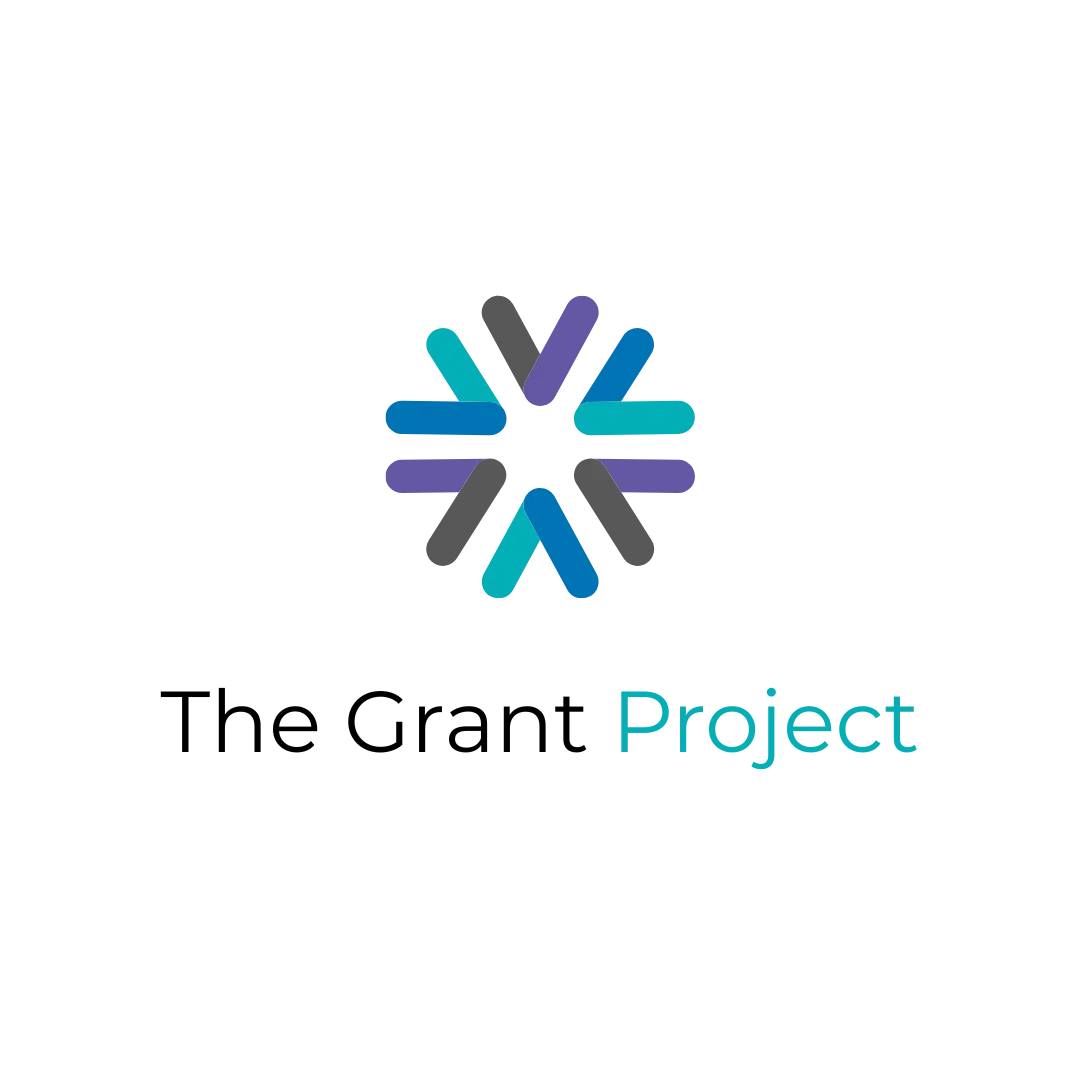
Stop Wasting Time On Last-Minute Grant Applications
Stop Wasting Time on Last-Minute Grant Applications: The 30-Day Grant Readiness System That Actually Works
Picture this: It's 9 PM on a Sunday night, and you just discovered that the perfect grant opportunity for your organization is due... tomorrow. Sound familiar? If you've ever found yourself frantically scrambling to pull together a grant application at the last minute, you're definitely not alone. But here's the thing: those panic-driven submissions rarely win funding, and they're absolutely exhausting for everyone involved.
I've watched countless nonprofit leaders and local government officials get stuck in this reactive cycle, and frankly, it breaks my heart. You're doing incredible work in your community, but you're making it so much harder on yourself than it needs to be. The good news? There's a better way, and it starts with just 30 days of intentional preparation.
Why Last-Minute Applications Fail (And Why You Keep Doing It Anyway)
Let's be honest about what happens when you're writing grants under pressure. Your normally sharp strategic thinking gets cloudy. You settle for "good enough" when you should be showcasing "exceptional." You miss those small but crucial details that reviewers notice. And worst of all, you end up submitting something that doesn't truly capture the amazing impact your organization creates.
The real problem isn't that you lack the skills: it's that you're operating without a system.
Most organizations treat each grant application like it's completely unique, starting from scratch every single time. But here's what I've learned after years in this field: while the specific requirements change, the fundamental preparation process stays remarkably consistent. When you have the right systems in place, responding to opportunities becomes strategic rather than stressful.
The 30-Day Grant Readiness Framework That Changes Everything
Here's what I know works: dedicating just 30 days to building your grant readiness infrastructure will transform how you approach funding opportunities for years to come. This isn't about cramming for one specific application: it's about creating the foundation that makes every future application stronger, faster, and more competitive.
This systematic approach addresses three critical areas that most organizations handle haphazardly: documentation systems, narrative development, and strategic positioning. When you tackle these methodically over 30 days, you'll never again face that sinking feeling of an approaching deadline with empty hands.
Week 1: Building Your Documentation Foundation
Your first week focuses on gathering and organizing all those essential materials that funders consistently request. I'm talking about the basics that should never require a frantic search:
Days 1-3: Administrative Essentials
Federal EIN and IRS determination letter
Most recent financial statements and annual report
Board member list with professional backgrounds
Organizational chart and key staff resumes
Days 4-7: Program Documentation
Start compiling detailed descriptions of your current programs, including outcomes data, success stories, and measurable impact metrics. Don't worry if this feels rough initially: you're building the raw material that will become polished program narratives later.
Create a simple digital filing system where each document is labeled clearly and stored in multiple formats (PDF, Word, etc.). Trust me on this: when you can find what you need in under two minutes, you'll wonder how you ever operated differently.
Week 2: Developing Your Core Narratives
This is where the magic happens. Week two is all about crafting the foundational stories and descriptions that will adapt to dozens of future applications.
Organizational Capacity Statement
Write a compelling 2-3 paragraph description of why your organization is uniquely positioned to create change in your community. This isn't about listing every program you've ever run: it's about clearly articulating your core strengths and track record.
Problem Statement Templates
Develop data-rich descriptions of the key challenges your organization addresses. Use local statistics, community needs assessments, and stakeholder input to create compelling narratives about why your work matters.
Program Logic Models
Logic models can feel like academic busy work. But reviewers love them because they demonstrate clear thinking about how your activities lead to outcomes. Spend time creating visual representations of your program theory that you can adapt for different proposals.
Week 3: Strategic Positioning and Budget Development
Week three moves beyond documentation into strategic thinking about how you position your organization in the funding landscape.
Funder Research System
Create a simple spreadsheet tracking foundations and government agencies that align with your mission. Include their funding priorities, typical grant ranges, application deadlines, and any personal connections you might have.
Budget Templates
Develop flexible budget templates for different funding scenarios: $25K, $50K, $100K+ grants. Include realistic indirect costs, staff time allocations, and equipment needs. Having these frameworks ready means you can quickly customize budgets without starting from scratch.
Partnership Mapping
Document your existing partnerships and identify potential collaboration opportunities. Many funding opportunities favor applications that demonstrate community partnerships and shared resources.
Week 4: Systems and Sustainability
Your final week focuses on creating the ongoing systems that will keep you grant-ready long after these initial 30 days.
Application Tracking System
Design a simple system for tracking grant opportunities, deadlines, requirements, and submission status. Whether it's a spreadsheet or a more sophisticated database, consistency is key.
Review and Refinement Process
Establish who reviews grant applications before submission and build in adequate time for meaningful feedback. I recommend planning to have applications complete at least three days before the actual deadline: technical glitches happen, and you want buffer time.
Ongoing Maintenance Schedule
Grant readiness isn't a one-and-done project. Schedule quarterly reviews to update your materials, refresh data, and incorporate lessons learned from recent applications.
Making the Investment in Your Organization's Future
Finding 30 days to focus on grant readiness feels impossible when you're already stretched thin. But here's the perspective shift I want you to consider: this isn't time away from your mission work; it's an investment in your organization's sustainability and growth.
When you have robust grant readiness systems, you can:
Respond to unexpected opportunities with confidence
Submit higher-quality applications that better represent your organization
Reduce staff stress and prevent burnout from constant deadline pressure
Increase your funding success rate significantly
The organizations I work with that commit to systematic grant readiness consistently report not just more funding, but more strategic funding that aligns with their long-term goals.
Ready to Transform Your Grant Writing Process?
This 30-day framework is just the beginning of what's possible when you approach grant writing strategically rather than reactively. The systems you build during these initial 30 days become the foundation for sustainable, successful grant writing that serves your organization for years to come.
If you're ready to stop the last-minute scrambling and start building the grant readiness system your organization deserves, I'm here to help you make it happen. My upcoming course launching in January will walk you through this entire process step-by-step, with templates, examples, and personalized guidance to ensure you build systems that work for your specific situation.
Your community needs the amazing work you're doing: don't let inadequate grant preparation be the thing that holds you back from the funding that could amplify your impact.
The 30-day commitment starts with a simple decision: are you ready to move from reactive to strategic? Your future self (and your stressed-out Sunday evenings) will thank you for taking this step.
Ready to dive deeper into building grant readiness systems that actually work? Join our community at The Grant Project and subscribe below for updates. Get notified first when our course Grant Ready in 30 Days opens for enrollment in February!

